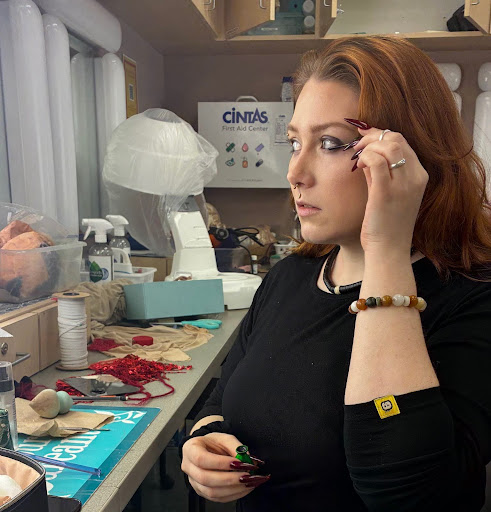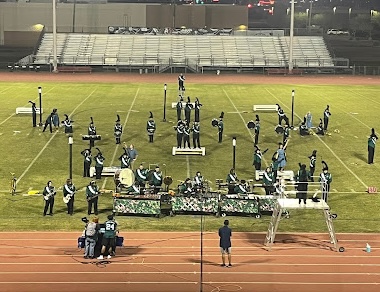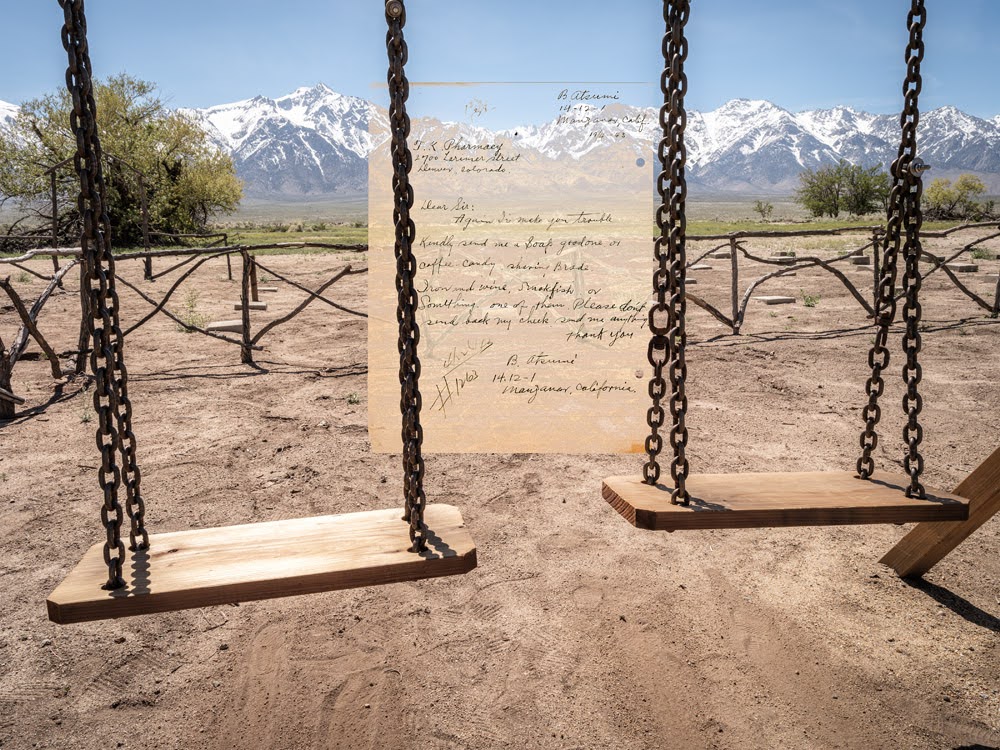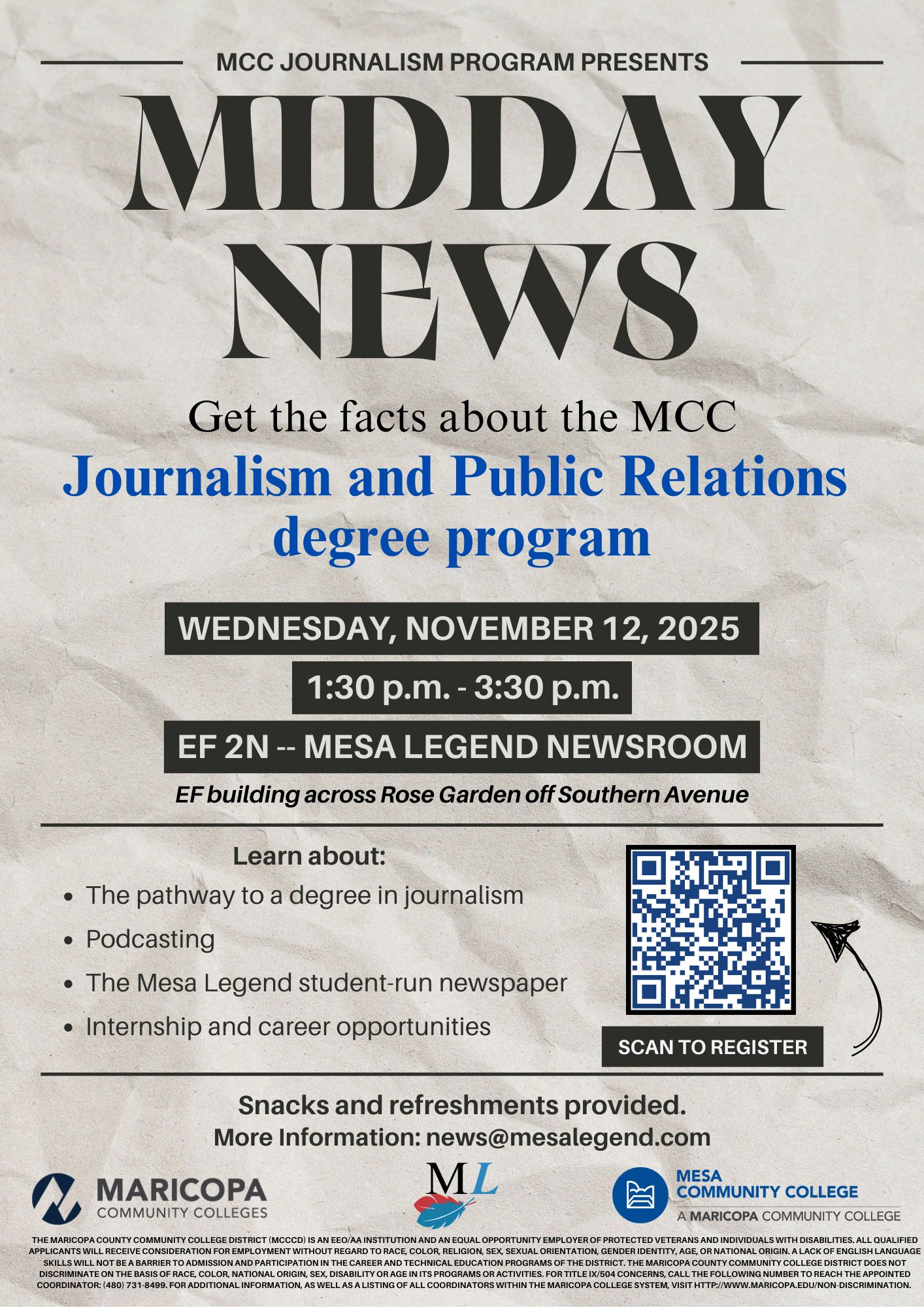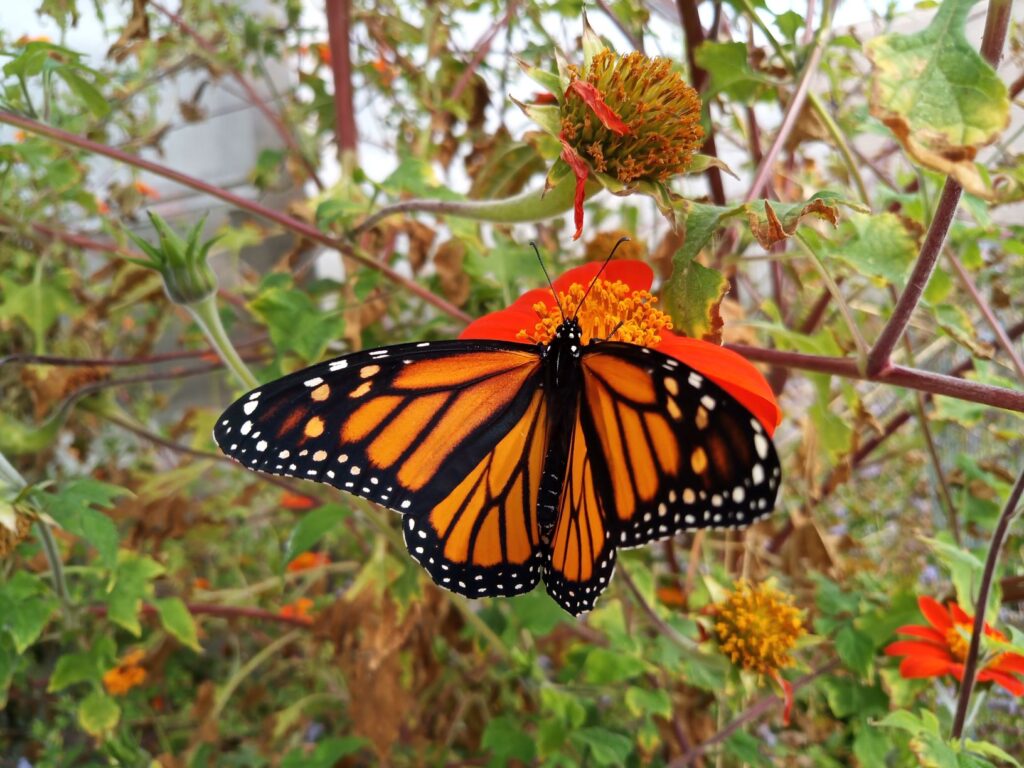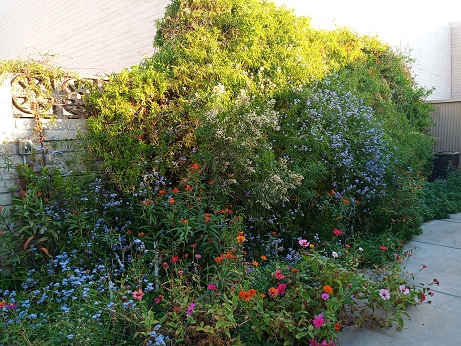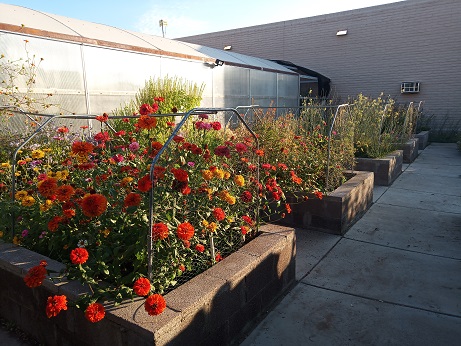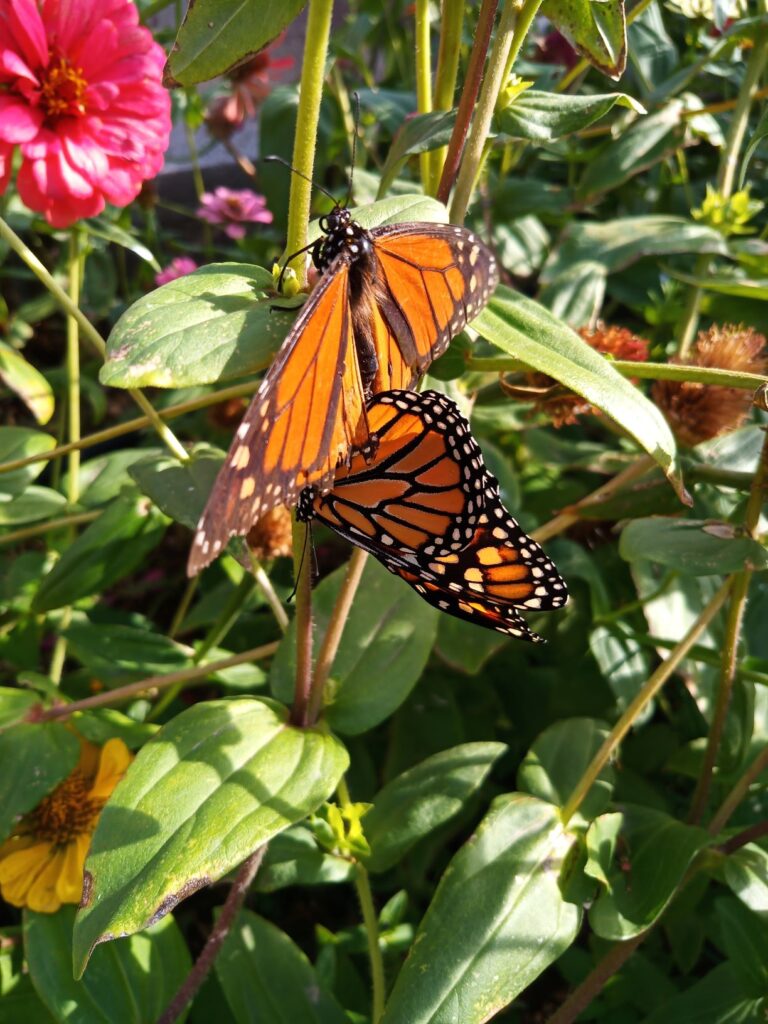Endangered monarch butterflies breeding at MCC
As monarch butterflies face mounting threats, Mesa Community College has been working behind the scenes since early December to breed them.
This comes just in time, as the U.S Fish and Wildlife Service declared on Dec. 15 that monarchs will be officially added to the candidate list of endangered species.
According to the service, scientists have been reporting declining numbers in the U.S. western population for the past two decades.
“The numbers that they’re seeing are underneath what we call the extinction threshold,” said Gail Morris, the coordinator of the Southwest Monarch Study.
Although numbers are lower each year, Morris said there are more people and institutions working to preserve monarchs than ever before. MCC is one of them.
MCC lab supervisor Carrie Lipka spotted some of these monarchs laying eggs on milkweed in October. At the beginning of winter, she found more than 40 chrysalises lining up under the pipes of the biology greenhouse on campus.
The butterflies emerged from the chrysalises in mid-December. A webcam was installed in the back of the greenhouse to capture their emergence. The livestream was open to the public through the MCC YouTube channel.
MCC plans to tag the butterflies to help the study keep track of migration patterns, but they are waiting for students to be able to participate in this project.
“I think it would be more beneficial if we did it, you know, next fall, when the students are back on campus,” said Lipka.
According to Morris, the breeding numbers this winter were much higher than expected.
“In the Phoenix area, we’ve had reports of over 300 larvae of pupae, which is huge!” Morris said. “Normally, we might have 40 or 50 in the entire area.”
She explained the high temperatures this year caused the numbers in Arizona to initially look meager and unexpectedly rise in the fall.
According to Morris, these intense temperatures are a threat to both monarch’s numbers and to their particular migration phenomenon that unfolds throughout all of North America each year.
The service is also aware of the magnitude of the threats monarchs face.
“The service found that listing the monarch butterfly as an endangered or threatened species is warranted but precluded by higher priority actions,” it announced.
This means the monarch’s position on the list will be reviewed each year until it becomes a high priority species or until it stops being a candidate.
“Monarchs should be listed. We meet the threshold for a declining population, but there are other species that are warranted that are more critical than monarchs,” said Morris. “So… this may not be over.”
According to Morris, the conservation projects will continue to focus on creating more habitats for monarchs. She said students across the Southwest should be encouraged to participate in building Waystations, places with the resources monarchs need to reproduce and sustain their migration, not only on campuses but in many other settings.
“It should be people’s churches, their homes, their apartment buildings. There’s just no limit to where they can be,” she said.
At MCC, the pollinator garden projects will also continue to help protect the different species that use the greenhouse as their habitat each year.
“We’ll just keep doing what we’re doing, and I’m sure everybody else will too,” said Lipka.
